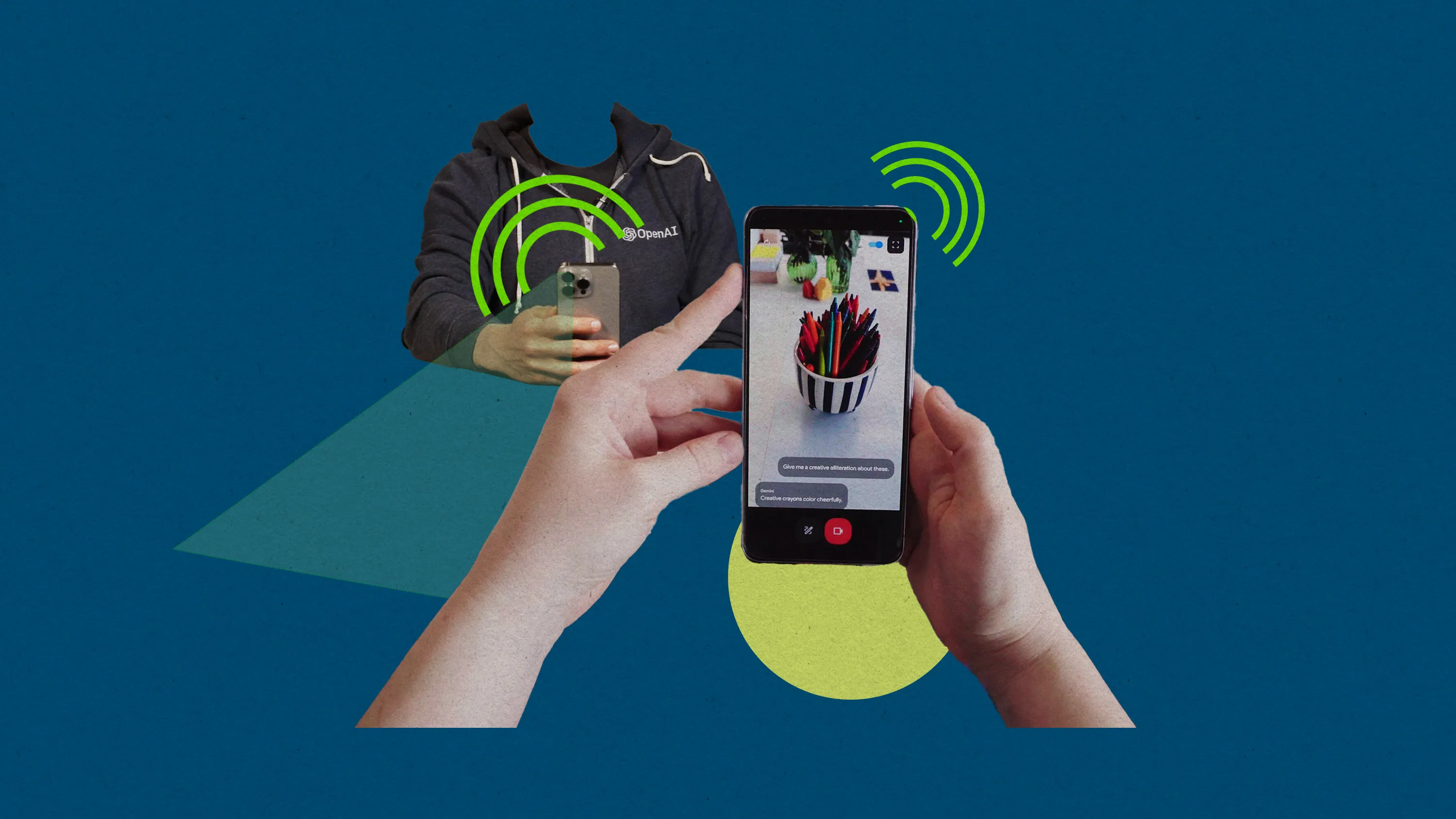|Muhammad Huzaifa
Color plays a crucial role in graphic design,
significantly impacting user perception and behavior.
Understanding color psychology can help designers create
visually appealing and effective designs that resonate
with the target audience. This blog explores how
different colors influence user perception and how to
use them strategically in graphic design.

Understanding Color Psychology
Color psychology studies how colors affect human emotions, behaviors, and decision-making. Different colors evoke different responses, and these responses can vary based on cultural, social, and personal factors. Here’s a look at the psychological effects of some common colors:
- Red: Conveys excitement, passion, and urgency. It can stimulate appetite and attract attention, making it effective for call-to-action buttons and sale announcements.
- Blue: Evokes feelings of trust, calmness, and professionalism. It is commonly used in corporate designs and industries that want to project reliability, such as finance and healthcare.
- Green: Symbolizes growth, health, and tranquility. It is associated with nature and sustainability, making it a popular choice for eco-friendly and wellness brands.
- Yellow: Represents happiness, energy, and warmth. It can grab attention and evoke a sense of optimism, but should be used sparingly as it can also cause eye strain.
- Purple: Conveys luxury, creativity, and sophistication. It is often used in beauty and high-end products to create a sense of elegance and exclusivity.
- Black: Denotes power, elegance, and formality. It can create a sense of mystery and sophistication but can also be overwhelming if overused.
- White: Represents purity, simplicity, and cleanliness. It is often used in minimalist designs and to create a sense of space and clarity.
Applying Color Psychology in Graphic Design
1. Brand Identity
Colors are a key component of brand identity. Choosing the right color palette can help convey the brand’s personality and values. For example, a tech company might use blue to signify trust and reliability, while a children’s toy brand might use bright, playful colors like yellow and red to evoke fun and excitement.
2. Call to Action (CTA)
Color can influence user behavior by guiding attention to specific elements, such as call-to-action buttons. High-contrast colors that stand out from the rest of the design can make CTAs more noticeable and encourage clicks. For example, a red button on a predominantly blue website can draw immediate attention and prompt action.
3. Emotion and Mood
Designers can use color to evoke specific emotions and create the desired mood. For example, a spa website might use soft greens and blues to create a calming effect, while a fitness brand might use bold, energetic colors like red and orange to inspire motivation and activity.
4. Readability and Accessibility
Color choice affects readability and accessibility. High-contrast color combinations ensure text is easy to read, especially for users with visual impairments. It’s important to consider colorblind users by avoiding color combinations that can be difficult to distinguish, such as red and green.
5. Cultural Considerations
Colors can have different meanings in different cultures. For example, while white represents purity in Western cultures, it can signify mourning in some Eastern cultures. Understanding the cultural context of the target audience ensures that the chosen colors convey the intended message without causing misunderstandings.
6. Consistency Across Platforms
Consistency in color usage across all brand materials helps build a cohesive brand identity. Whether it’s a website, social media profile, or printed marketing collateral, maintaining a consistent color palette reinforces brand recognition and trust.
Case Study: Successful Use of Color in Design
A great example of effective color use is the branding of the beverage company Coca-Cola. The iconic red color evokes feelings of excitement and energy, aligning with the brand’s image of fun and refreshment. The consistent use of red across all branding materials, from packaging to advertisements, has made Coca-Cola instantly recognizable worldwide.
Conclusion
Color psychology is a powerful tool in graphic design. By understanding how different colors influence user perception and behavior, designers can create impactful designs that resonate with the target audience. Strategic use of color can enhance brand identity, guide user actions, and evoke the desired emotions, ultimately leading to more effective and engaging designs.

